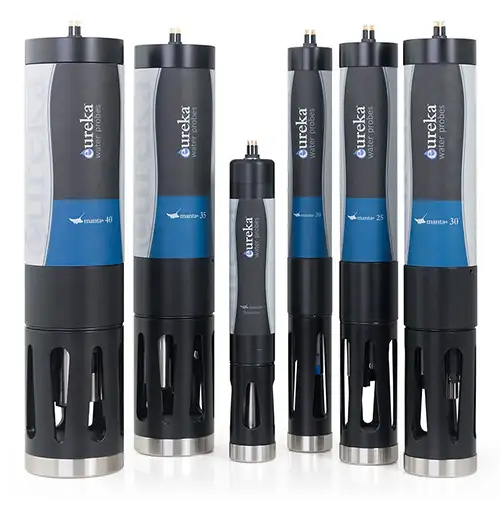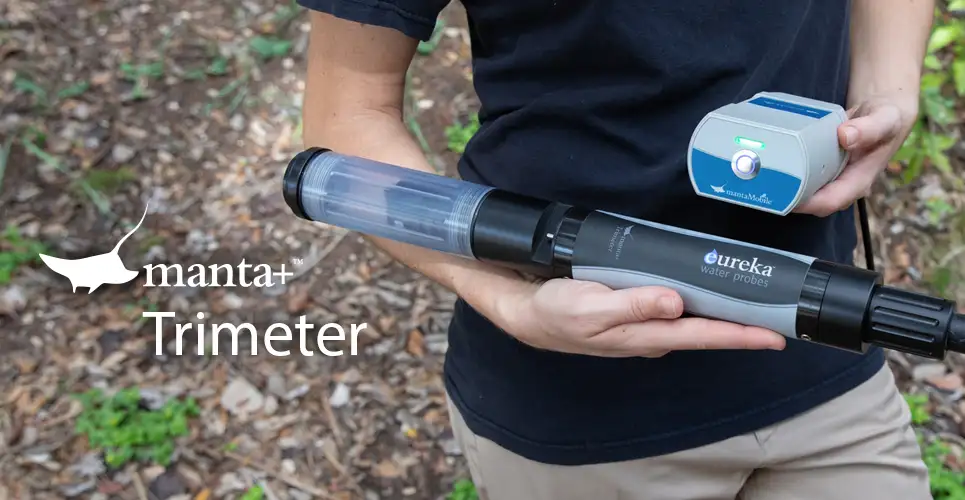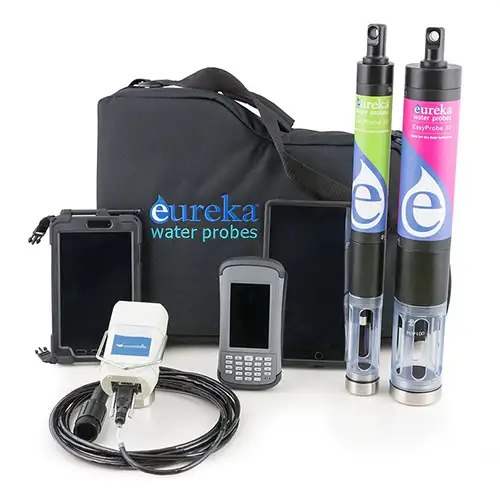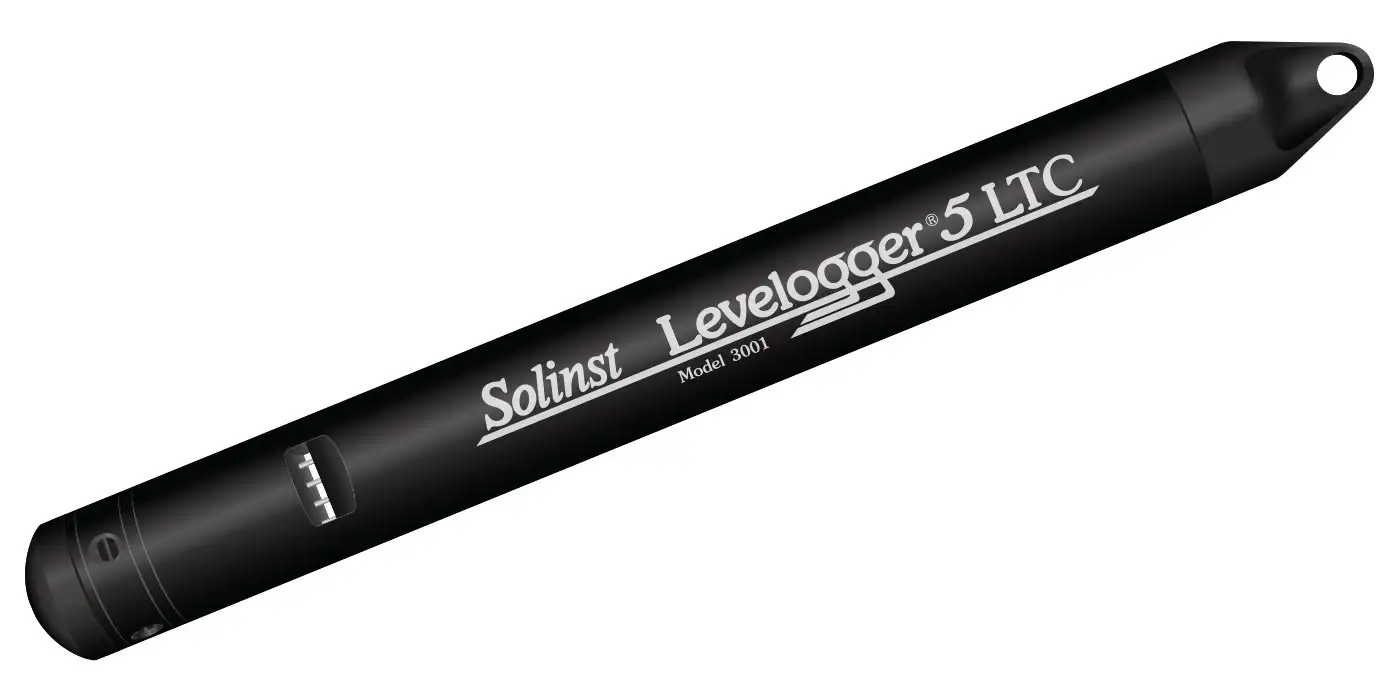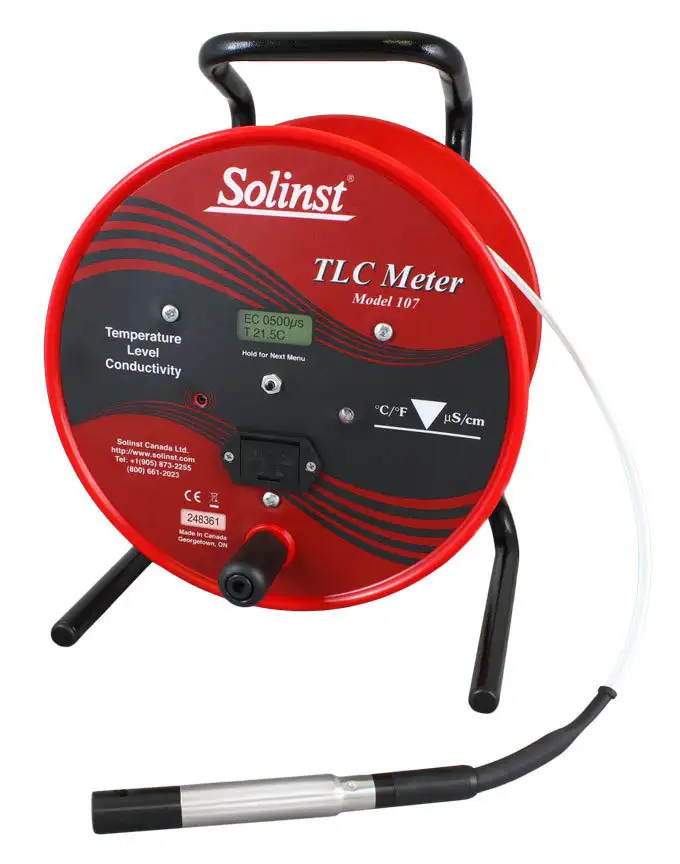PTSA Fluorescence Sensors: Water Quality Monitoring
Solinst Eureka
2113 Wells Branch Pkwy, Suite 4400
Austin, TX, USA
78728
Tel: +1 512-302-4333
Fax: +1 512-251-6842
email: [email protected]
Depth Discrete Groundwater Monitoring
Reduce Costs and Field Time
Why would I want to measure PTSA?
Fluorescent dyes, particularly those which are non-toxic and not visible, like PTSA, are often added to water systems to provide water discharge and velocity data. Dye tracing studies can provide useful information for modeling surface and groundwater systems in addition to tracing contaminants. Fluorometers allow researchers to measure ultra-low concentrations of dye. With this extreme sensitivity and instrument flexibility, researchers can glean powerful data that could potentially be missed when using less sensitive methods.
PTSA dye is non-toxic and chemically stable, all of which make it an ideal trace additive for water treatment systems and agricultural applications. When adding PTSA to treatment formulations, the fluorescent response of the PTSA tracer dye is proportional and graphically linear, between specific concentration ranges, to the concentration of the chemical with which the system is dosed. PTSA concentration, can be directly measured using a PTSA sensor installed in a MantaPlus or Trimeter multiprobe. Measurements from the PTSA fluorometer may be made available online, in the field and in the laboratory, to be expedited quickly and routinely, enabling real time product dose analysis. This allows improved accuracy of feed rate monitoring, continuous system monitoring, and control of system characteristics all ensuring that companies can improve their results and meet challenging system requirements.
How is PTSA Measured?
Solinst Eureka’s PTSA sensor is a fluorometric sensor. Fluorescence occurs when a molecule absorbs light energy at one wavelength and then emits that energy at a different wavelength. Fluorometric sensors emit light at a certain wavelength, and look for a very specific, different wavelength in return.
PTSA concentration, can be directly measured using a PTSA fluorometer sensor installed on a MantaPlus or Trimeter multiprobe. This UV optical sensor detects the fluorescence of PTSA in water, up to 650 ppb. PTSA dye emits wavelengths between 400 and 500 nm when irradiated with UV light.
What should I know about PTSA measurement in the field?
PTSA is safe to handle, easy to dilute (specific gravity is 1.0), non-toxic or flammable, not reactive with other compounds, and non-hazardous waste, as defined by the Resource Conservation and Recovery Act (RCRA) 40 CFR 261. PTSA is also an ideal lab standard that can be used to standardize fluorometers configured for detection of CDOM/FDOM, Crude Oil, Optical Brighteners, and PTSA. PTSA can be used to standardize all of Eureka’s UV optical sensors or fluorometers. Also, customers who want to compare standardized UV sensors across multiple applications, either from the same or different manufacturer, can use PTSA so that values are reported as a standard unit of measure, making it easier to compare instrumentation deployed at long distances from each other.
Dye tracers like PTSA are used for measuring, mapping, and monitoring water systems. Tracers are used for measuring water flows, studying and modeling surface and ground water systems, tracing contaminants in emergency response situations, detecting leaks, and measuring tank retention times. Fluorescent tracers like PTSA are chosen because they are cost-effective, and easily and accurately measured on-site with a portable field-ready probe like the MantaPlus.
Fouling can be a problem for fluorescence sensors. Any foreign material that accumulates on the active surface of the sensor will either reduce the amount of emitted light or received light, or both. And sometimes the foreign material might provide a false signal by fluorescing at the same wavelengths. Fouling typically does not pose a problem when profiling or spot checking for daily surveys; only when deployed for extended periods. For continuous deployment, anti-fouling accessories may be added, such as Solinst Eureka’s universal wiper system, and copper mesh sensor guard.
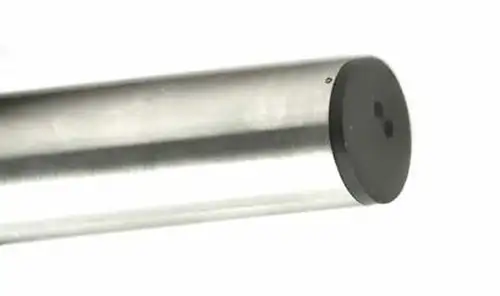
PTSA Fluorescence Sensors for
Water Quality Sondes
- Range
0 to 650 ppb - Accuracy
linearity of 0.99 R² - Resolution
0.01 - Units
ppb - Calibration
lab-qualified sample - Maintenance
cleaning and calibration - Sensor Life
5+ years - Sensor Type
fluorescence
Features of Solinst Eureka’s PTSA Sensors
Solinst Eureka uses PTSA sensors in our MantaPlus multiparameter sondes may be configured to include any of our dye trace fluorometers, including PTSA. This sensor may be installed in the probe, along with other sensors such as additional fluorometers, turbidity, dissolved oxygen, pH and conductivity. This makes for a cost-effective approach, as there is no need to buy a dedicated fluorometer. Operation is made easy, as the PTSA sensor is controlled by the Manta software, like other installed sensors. When only the PTSA sensor is needed, it may be installed stand-alone on one of Eureka’s smaller probes, such as the Trimeter.
Solinst Eureka’s PTSA fluorometer, installed in a Trimeter or MantaPlus probe, provides an excellent tracer system. MantaPlus and Trimeter Multiprobes may be configured with battery packs for autonomous self-powered deployment, used with field displays for site-to-site spot checking, or connected to data telemetry stations for real-time remote monitoring. Eureka sondes equipped with fluorometers are portable, durable, and cost-effective. Fluorometers are available for common fluorescent dyes such as Rhodamine, Fluorescein, and PTSA, as well as for exotic and custom dye blends that may have unique properties that are beneficial to a specific environment or study.
Related Products
Manta Series Water Quality Probes
Solinst Eureka offers the largest selection of water quality sensor technologies in the industry. So in addition to standard configurations, each probe may be customized for your specific application. Pick sensors of your choice to fully populate larger probes, or add a battery pack to convert a probe to a logging device.
Manta Trimeter Water Quality Probe
The Trimeter holds any one sensor* from the Sensor Parameters list, Plus temperature and depth sensors (both are optional). For example, a Trimeter configuration could be turbidity, temperature, and depth. Another example could be DO and temperature.
EasyProbe: Water Quality Sondes
The EasyProbe, by Solinst Eureka, is a high-performance, cost-effective water quality monitor. It's ideal for spot-checking, remote telemetry, education, research, aquaculture, and more. The EasyProbe20 includes sensors for temperature, dissolved oxygen, conductivity, and pH, while the EasyProbe30 adds a turbidity sensor. Eureka multiprobes are known for their reliability, with a three-year warranty covering all sensors, and have the lowest maintenance costs in the industry.
Water Level, Temperature & Conductivity Datalogging
The Levelogger 5 LTC measures and logs water level fluctuations, temperature and conductivity. It is programmed to record at intervals as often as 2 seconds. It includes an 8-year battery, memory for 100,000 sets of readings, and comes in 6 pressure ranges. A PFAS-free coating (inside and out) provides superior corrosion and abrasion resistance.
TLC Meter – Measure Accurate Temperature, Level & Conductivity
A TLC Meter provides accurate, stable temperature and conductivity measurements, displayed on a convenient LCD display for easy reading. Static water level and depth of readings are read off Solinst flat tape, which is precisely laser-marked every mm or 1/100 ft. Tape lengths are available to 300 m (1000 ft).

